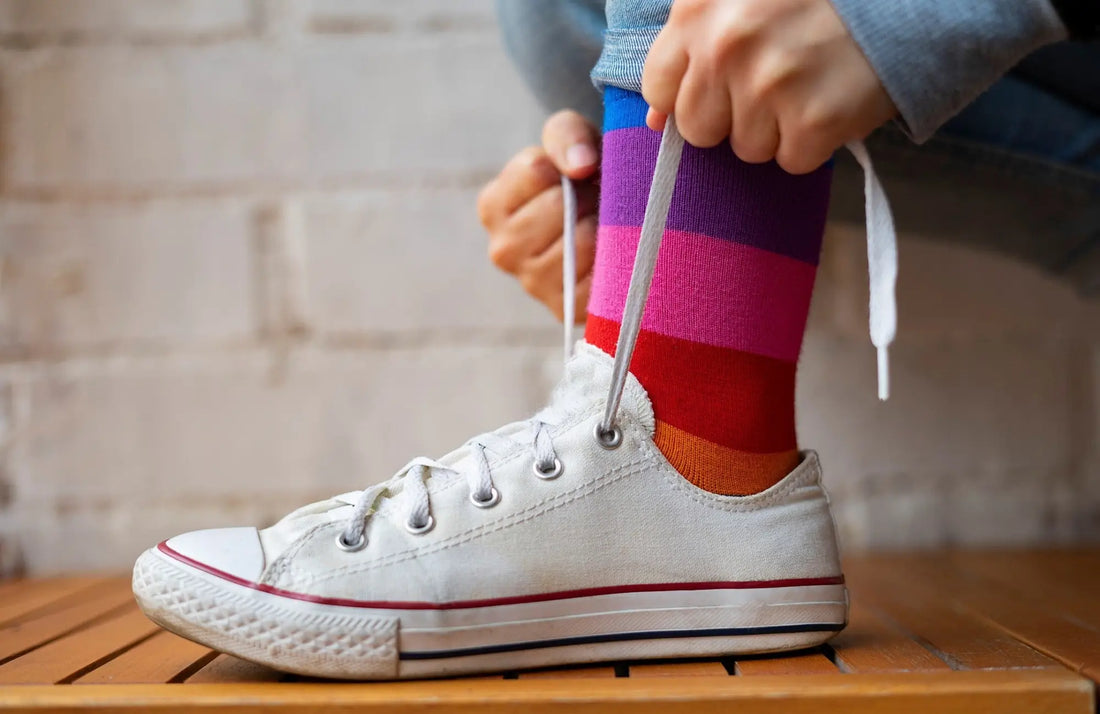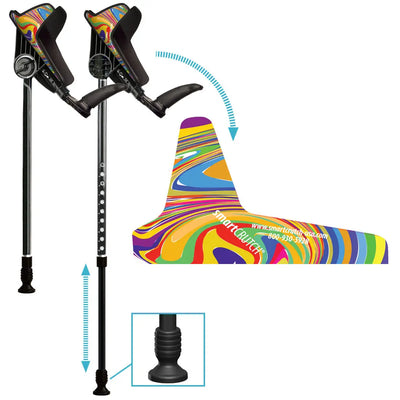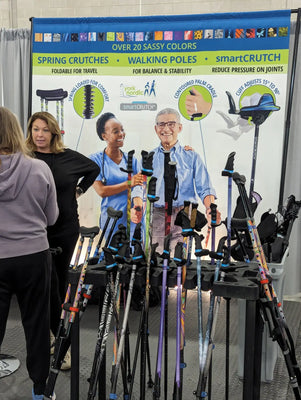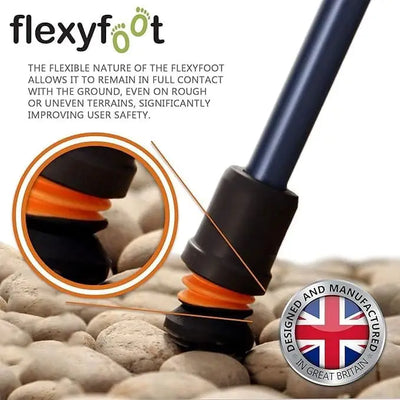If you're using forearm crutches, whether for a short recovery or as part of your daily mobility, what you wear on your feet matters more than you might think. The right shoes can help you stay stable, reduce fatigue, and make your time on crutches a lot more comfortable.
Here’s what to look for:
1. Solid Arch Support & Heel Stability
Forearm crutches shift how you carry your weight. Good arch support and a stable heel help you stay balanced and reduce stress on your joints.
2. Cushioned Soles for Shock Absorption
Since your gait is different with crutches, cushioning becomes extra important. It softens impact and helps protect your feet during longer outings.
3. Grippy, Non-Slip Soles
Traction is key. Look for rubber soles with good grip to prevent slipping—especially on tile, wet sidewalks, or polished floors.
4. Lightweight Materials
Using forearm crutches can be a workout. Lightweight shoes help reduce overall fatigue and make walking less tiring.
5. Roomy, Comfortable Fit
You’ll want a shoe that feels secure but also leaves space for any foot swelling. A well-fitting shoe helps prevent blisters and pressure points.
6. Flat or Low-Heeled Design
Stick with shoes that are flat or have a very low heel. Higher heels can throw off your balance, which is the last thing you want when using crutches.
7. Easy On and Off
Shoes with Velcro straps, zippers, or slip-on styles are a great choice—especially if you need to get them on and off without sitting or bending for long.
One rule we always recommend...skip the flip flops!
They offer no support and no stability—and they make navigating with crutches much more hazardous.
When in doubt, try your shoes on while using your forearm crutches. If you can, talk to a footwear expert who understands mobility needs. Good shoes and smartCRUTCHes...The Freedom to Move!







